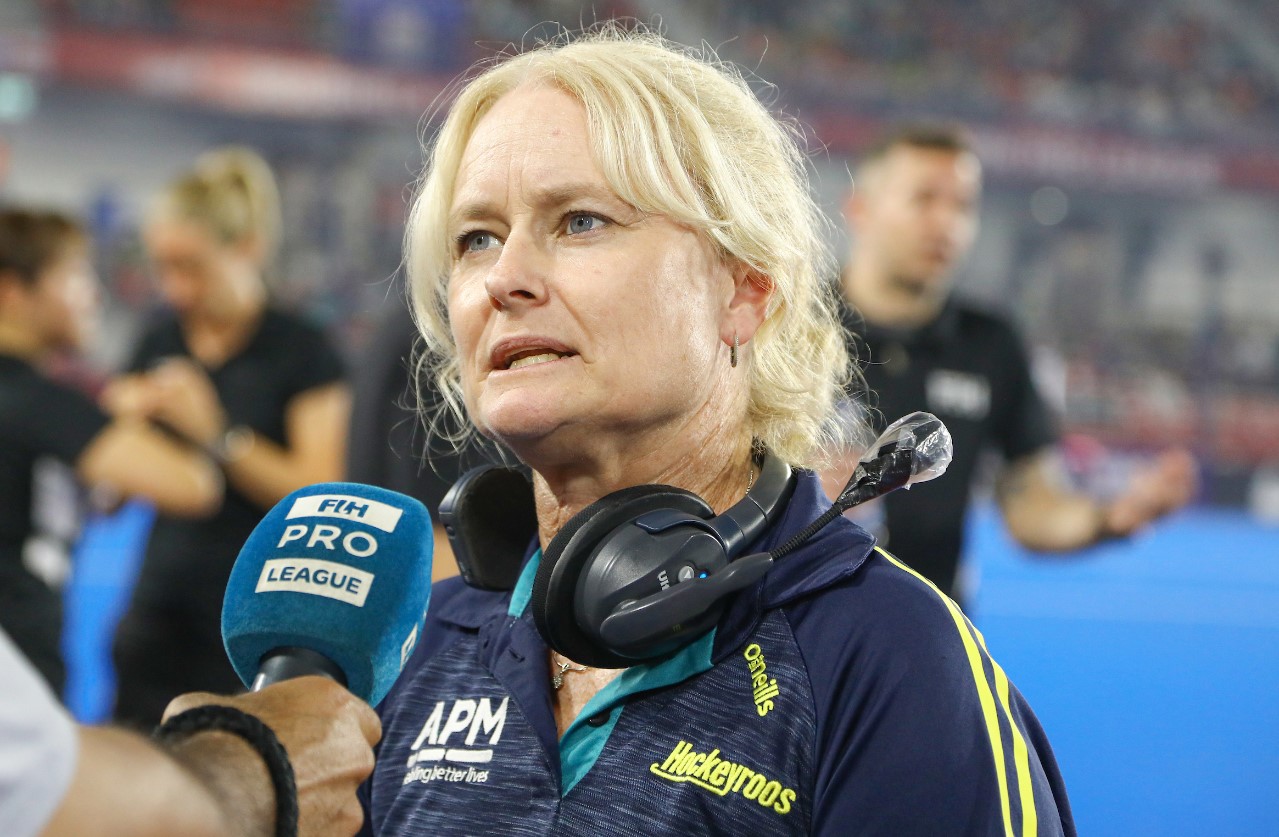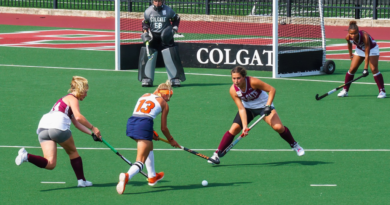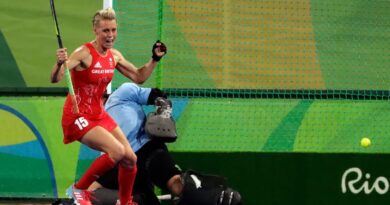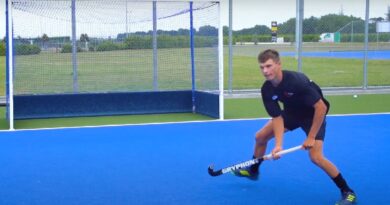The importance of headphones and communications between coaches in hockey
In modern hockey matches, the use of coaches communicating through headphones has become a ubiquitous practice. The ongoing Hockey World Cup mirrors this trend, with coaches from various teams seen engaging with their colleagues positioned strategically above the field, offering invaluable tactical insights.

Several coaches have highlighted the significance of these communication devices during hockey matches.
Colin Batch, the coach of Australia, emphasized the challenge of gaining a comprehensive view of the game from the bench. He stressed the advantage of higher positioning in providing essential information and altering tactics effectively. Batch remarked, “When you are on the bench, it is hard to see how a match is playing. When you are at a higher position, you get a more advantageous point and can pass on some important information down…It is up to the (guy positioned at the) top to provide feedback on general play, structure and what will change in our tactics.”

Matias Vila, an assistant coach for Argentina, shared a unique perspective on leveraging the bird’s-eye view. He illustrated how his team utilized the communication device during their 3-3 draw against Australia, enabling swift substitutions to maintain intensity and adapt to the opponent’s changing defensive strategies. Vila explained, “In the last match we made substitutions faster, every three minutes. That helped us maintain the intensity. Australia is a team which changes from man-to-man (marking) to zone (defence). So the coach from upstairs told us when they were man-to-man and when they were zonal. And we knew where to stand accordingly on the field.”
Xavier de Greve, an assistant coach with the French team, provided further insight into the tactical advantages conferred by the elevated viewpoint. He described his role in analyzing the game from a strategic standpoint and relaying pertinent information to the team on the bench. De Greve remarked, “During the match, I go to the top floor and see things very tactically. I see some points and give it to the team on the opposition players and field. The job is to see the change of the tactics of the opponent. I give all the information to the bench.” He also contrasted hockey’s flexibility in tactical adjustments with the perceived rigidity in football tactics.
Overall, the use of communication devices between coaches during hockey matches has evolved into a vital component of strategic decision-making, offering teams a competitive edge through real-time analysis and adaptation.




